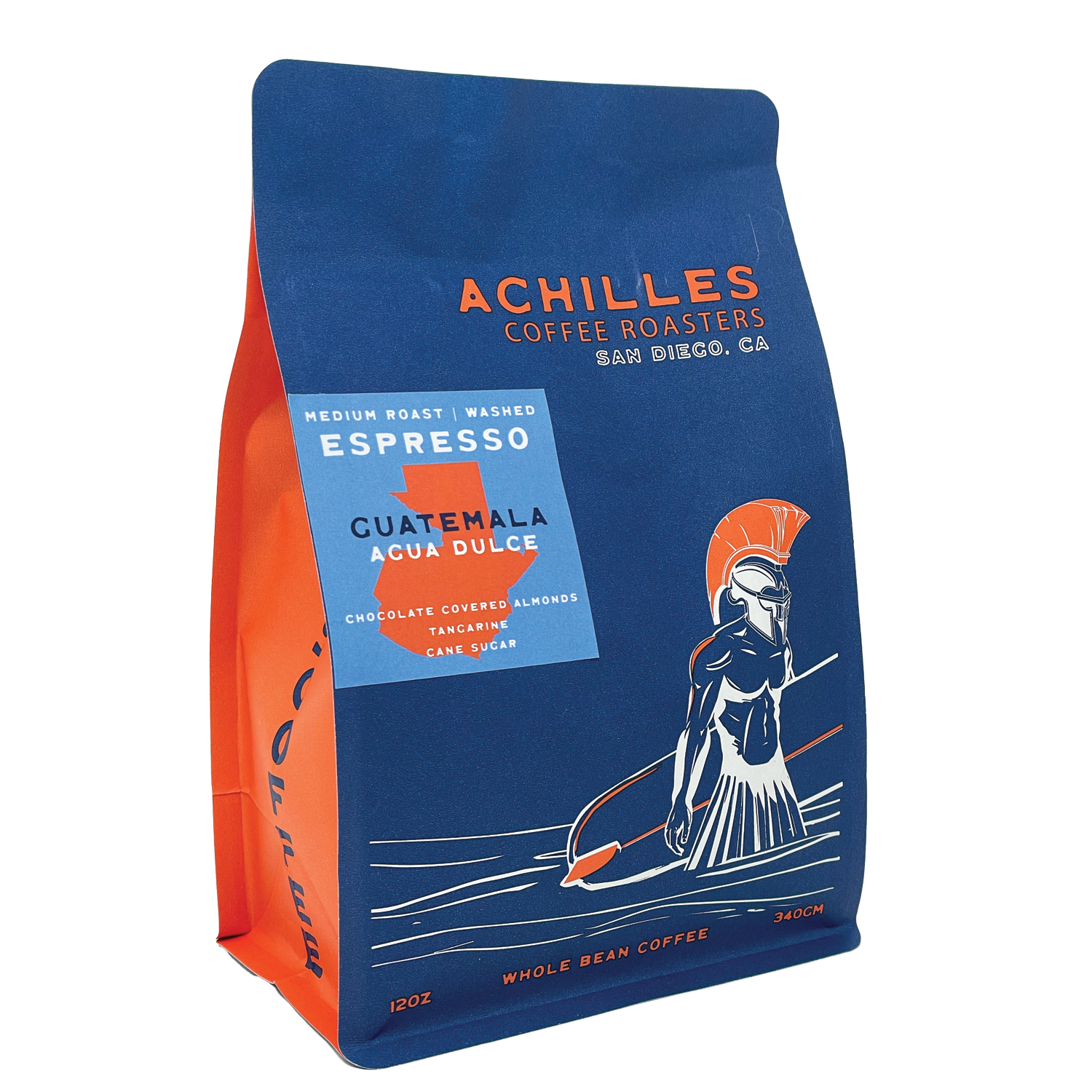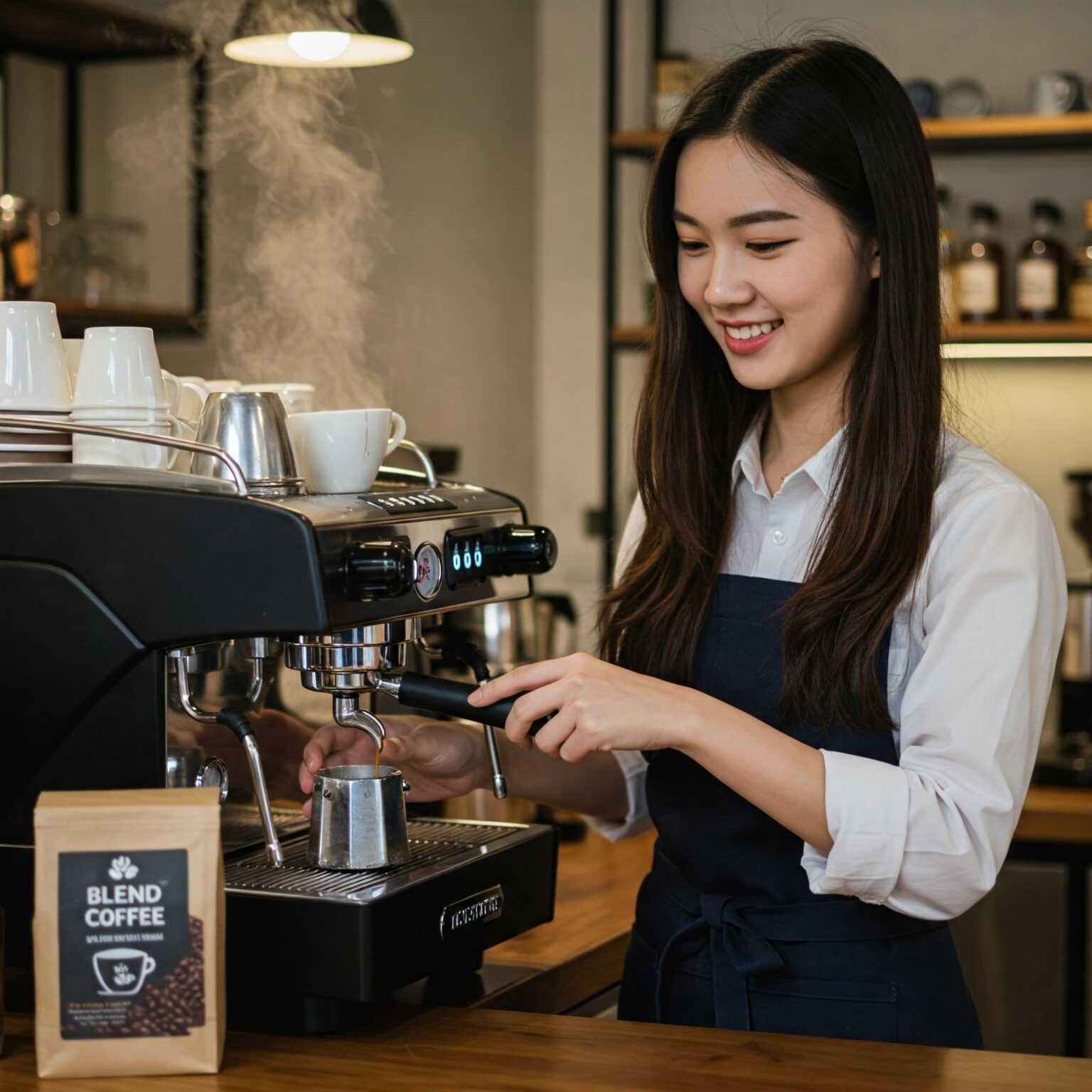Experience the Bold Flavor Profile of SOE Single Origin Espresso Today
Wiki Article
Checking Out the Abundant Tastes of Coffee Beans: a Deep Study Espresso and Blended Coffee Beans
When you check out the abundant flavors of coffee beans, you discover a complicated globe where each range brings its very own character to your mug. Recognizing the origins, processing methods, and roasting techniques can change your coffee experience. As you browse with the art of coffee and the creative thinking behind combined coffees, you'll begin to appreciate the nuances that make each sip special. What you'll find following may alter the method you enjoy your morning brew.The Beginnings of Coffee Beans: Checking Out Terroir and Flavor Profiles
When you take a sip of coffee, you're not simply enjoying a beverage; you're experiencing an abundant tapestry of flavors formed by the beans' beginnings. Each region generates special flavor accounts influenced by climate, soil, and elevation. For example, beans from Ethiopia frequently break with intense, fruity notes, while those from Colombia tend to provide a well balanced, nutty sweet taste.As you explore various origins, you'll notice how terroir-- the environmental elements influencing a crop-- plays a vital function - Single Origin Espresso. The same coffee range can taste considerably different depending upon where it's expanded
When you take into consideration these aspects, you begin to appreciate the complexity behind your mug. Each sip narrates of the land and the farmers that supported the beans. Following time you indulge, think regarding the journey your coffee took prior to it reached your hands, and relish those detailed flavors that reflect its beginning.
Comprehending Espresso: The Art and Scientific Research Behind the Brew
When you consider coffee, it's not simply about the solid taste; it's likewise regarding the techniques that bring it to life. Recognizing just how various preparation techniques influence preference can transform your developing experience. Let's explore the details of espresso prep work and reveal the unique flavor accounts that make each mug unique.Espresso Preparation Techniques
Coffee prep work is both a science and an art, combining specific strategies with a deep understanding of coffee. To begin, you'll desire to pick high-quality, fresh baked beans and grind them finely for optimal removal (Single Origin Espresso). The work dimension is vital; as well coarse, and your espresso will be weak, too great, and it'll be bitterFollowing, tamp the premises uniformly in the portafilter to guarantee consistent removal. When you lock it into the equipment, go for a developing temperature between 190 ° F and 205 ° F.As you pull the shot, expect the ideal removal time-- around 25-30 seconds. The outcome must be an abundant, creamy coffee with a lovely layer of crema on the top. With practice, you'll grasp these techniques.
Flavor Accounts Clarified
The world of coffee provides an abundant tapestry of flavor accounts that can elevate your coffee experience. When you take that initial sip, you'll notice an equilibrium of sweetness, resentment, and level of acidity. Each espresso bean brings distinct notes, from floral and fruity to nutty and chocolaty. Light roasts frequently display intense level of acidity and vibrant flavors, while dark roasts present much deeper, bolder tones.Recognizing these accounts aids you choose the best espresso for your taste buds. Exploring with various blends can reveal unexpected mixes. For example, a well-crafted mix may harmonize the intense notes of an Ethiopian bean with the abundant, chocolatey undertones of a Brazilian bean. Accept the trip of discovering espresso's varied tastes, and you'll transform your coffee ritual right into an exciting journey.
Handling Techniques: Exactly How They Influence Flavor and Aroma
While it might appear that the beginning of coffee beans is the most significant variable in establishing their taste and aroma, the handling approaches utilized post-harvest play an equally vital role. You'll find that these methods can significantly modify the last taste account of your cup.As an example, the washed procedure eliminates the fruit from the beans before fermentation, often leading to a cleaner, brighter flavor. On the other hand, the all-natural procedure leaves the fruit intact throughout drying, resulting in a sweeter, fruitier account.
Various other approaches, like honey handling, strike an equilibrium, allowing some fruit mucilage to remain, supplying a distinct intricacy.
Each processing technique communicates with the beans' inherent qualities, boosting or muting details flavors and fragrances. So, when you sip that coffee or blended coffee, keep in mind that the trip from cherry to cup is affected not just by origin yet also by exactly how those beans were refined.
Roasting Methods: Opening the Complete Potential of Coffee Beans
Roasting techniques are crucial for exposing Single Origin Espresso the full capacity of coffee beans, as they transform raw, environment-friendly beans right into the fragrant, delicious coffee you take pleasure in. The choice of toasting approach-- light, medium, or dark-- substantially affects flavor profiles. Light roasts maintain the beans' natural acidity and fruity notes, while medium roasts balance sweetness and richness. Dark roasts, on the other hand, highlight vibrant, great smoky tastes.A slower roast at lower temperature levels enables for intricate tastes to create, while a quicker roast can magnify bitterness. By mastering these strategies, you'll expose a world of taste, elevating your coffee experience to new heights.
The Magic of Blended Coffee: Creating Unique Taste Experiences
Creating an unique taste experience with blended coffee can change your morning ritual right into an exploration of preference. By combining different beans from different regions, you can expose a symphony of flavors that elevate your mug to brand-new heights. Each mix offers a distinctive profile, balancing level of acidity, sweet taste, and body to create something truly special.When you pick a blend, you're not just selecting a coffee; you're choosing a trip across diverse landscapes and cultures. Trying out different combinations permits you to uncover your personal faves, whether you delight in fruity notes or abundant, chocolatey touches.

Sampling Notes: Recognizing the Nuances in Your Mug
As you sip your coffee, you may discover a range of tastes dancing on your taste, each exposing the details of the beans. You might taste the bright acidity reminiscent of citrus or the deep, rich notes similar to dark chocolate. The sweetness can stimulate honey or sugar, balancing the overall profile perfectly.Focus on the body of the coffee-- does it feel light and ventilated, or is it complete and velvety? The surface, as well, uses hints; a sticking around aftertaste may hint at nuttiness or floral touches.

Don't fail to remember to discover the one-of-a-kind characteristics of various origins, as each area gives unique tastes - Single Origin Espresso. Ethiopian coffees often existing fruity notes, while Colombian beans might display an extra spherical sweetness. By acknowledging these subtleties, you'll grow your recognition for each and every mug, raising your coffee experience to brand-new heights

Developing Methods: Making The Most Of Taste Extraction for every single Bean
When you explore the various brewing methods, you'll find that each technique can considerably impact the taste profile of your coffee. From French press to pour-over, each approach removes various compounds, boosting or silencing details notes. For example, utilizing a French press enables oils to continue to be in the mixture, creating a richer taste, while pour-over stresses clarity and brightness.Temperature level and grind dimension also play necessary roles. A coarser grind works best for chilly mixtures, while a great grind is suitable for coffee. Trying out water temperature-- in between 195 ° F and 205 ° F-- can disclose surprise flavors, too.
Don't fail to remember concerning soaking time; a fast extraction can lead to sour notes, while over-extraction may produce resentment. By readjusting these variables, you can optimize taste removal and absolutely boost your coffee experience. Enjoy the journey of uncovering what technique best matches your taste!
Frequently Asked Inquiries
What Is the Ideal Water Temperature for Developing Coffee?
The excellent water temperature level for developing coffee's in between 195 ° F and 205 ° F. If you make use of water that's also warm, you'll over-extract flavors; too cold, and you will not draw out enough. Go for that pleasant place for the very best mixture!Exactly How Does Grind Size Affect Coffee Taste?
Work dimension substantially impacts coffee flavor. Finer grinds extract more tastes and oils, leading to a bolder taste, while coarser grinds yield a lighter taste. Readjusting grind dimension assists you accomplish your preferred coffee account.Are There Health Conveniences Surrounding Drinking Coffee?

What Is the Distinction In Between Arabica and Robusta Beans?
Arabica beans are smoother and sweeter, often featuring fruity flavors, while robusta beans are stronger with a bitter taste and greater high levels of caffeine content. You'll notice these distinctions in fragrance and brewing experience.Just How Can I Store Coffee Beans for Quality?
To keep coffee beans for quality, maintain them in an airtight container, away from dampness, heat, and light. You'll keep their taste much longer if you just grind what you require right before developing.Discovering the Abundant Flavors of Coffee Beans: a Deep Dive Into Coffee and Blended Coffee Beans.
When you explore the rich flavors of coffee beans, you reveal a complex globe where each selection brings its own character to your cup.When you take a sip of coffee, you're not simply enjoying a drink; you're experiencing an abundant tapestry of tastes formed by the beans' beginnings.Roasting strategies are vital for exposing the full possibility of coffee beans, as they change raw, green beans right into the fragrant, delicious coffee you appreciate.As you sip your coffee, you may discover a spectrum of flavors dancing on your palate, each disclosing the ins and outs of the beans.
Report this wiki page